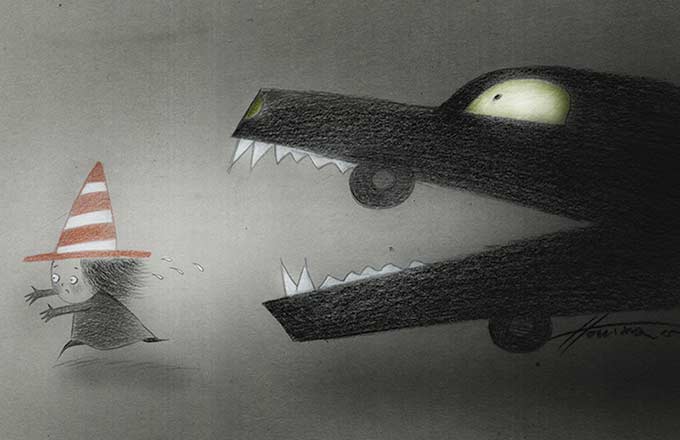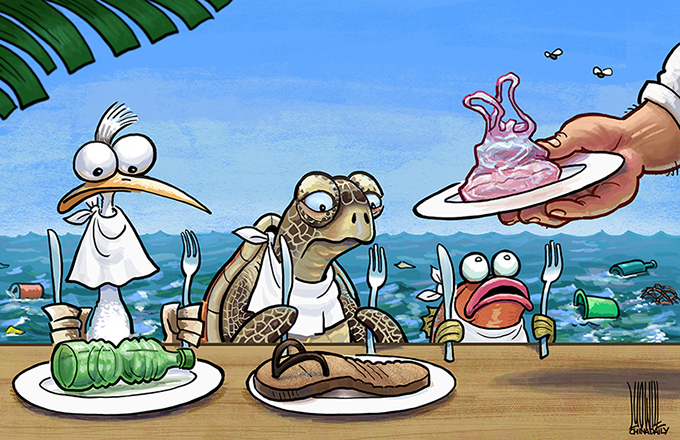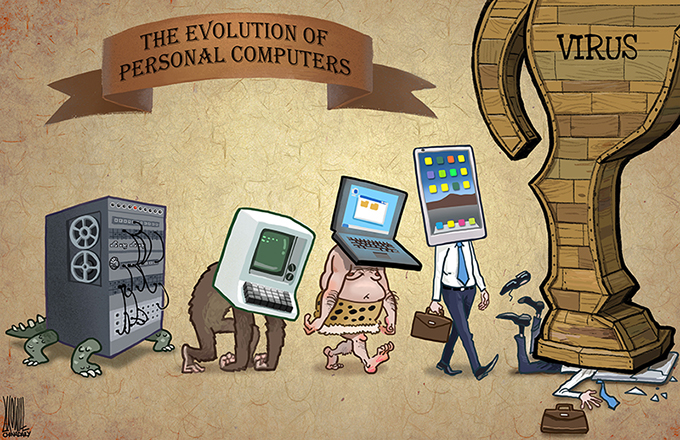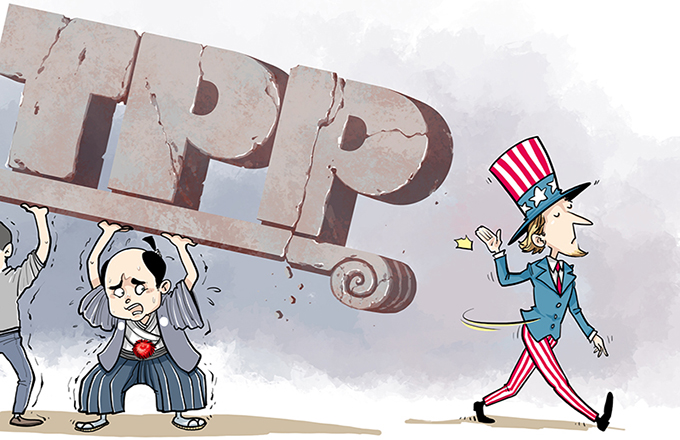US' consumer nightmare continues
Thanks to falling unemployment, rising home values, and record stock prices, an emerging consensus of forecasters, market participants, and policymakers has now concluded that the US consumer is finally back.
Don't believe it. First, consider the facts: Over the 21 quarters since the beginning of 2008, real - inflation-adjusted - personal consumption has risen at an average annual rate of just 0.9 percent. That is by far the most protracted period of weakness in real US consumer demand since the end of World War II and a massive slowdown from the pre-crisis pace of 3.6 percent from 1996 to 2007.
With household consumption accounting for about 70 percent of the US economy, that 2.7 percentage point gap has been enough to knock 1.9 percentage points off the post-crisis trend in real GDP growth. Look no further for the cause of the unacceptably high US unemployment.
Discretionary consumption is typically deferred during recessions, especially for long-lasting durable goods such as motor vehicles, furniture, and appliances. Once the recession ends and recovery begins, a "stock-adjustment" response takes hold, as households compensate for foregone replacement and update their aging durable goods.
Over most of the postwar period, this post-recession release of pent-up consumer demand has been a powerful source of support for economic recovery. In the eight recoveries since the early 1950s, excluding the brief pop following the credit-controls-induced slump in the 1980s, the stock-adjustment response lifted real consumption growth by 6.1 percent on average for five quarters following business-cycle downturns; spurts of 7 to 8 percent growth were not uncommon for a quarter or two.
By contrast, the release of pent-up demand in the current cycle amounted to just 3 percent annualized growth in the five quarters from early 2010 to early 2011. Moreover, the strongest quarterly gain was a 4.1 percent increase in the fourth quarter of 2010.
This is a stunning result. The worst consumer recession in modern history, featuring a record collapse in durable-goods expenditures in 2008 to 2009, should have triggered an outsize surge of pent-up demand. Yet it did anything but that. Instead, the release of pent-up consumer demand was literally half that of previous business cycles.




















